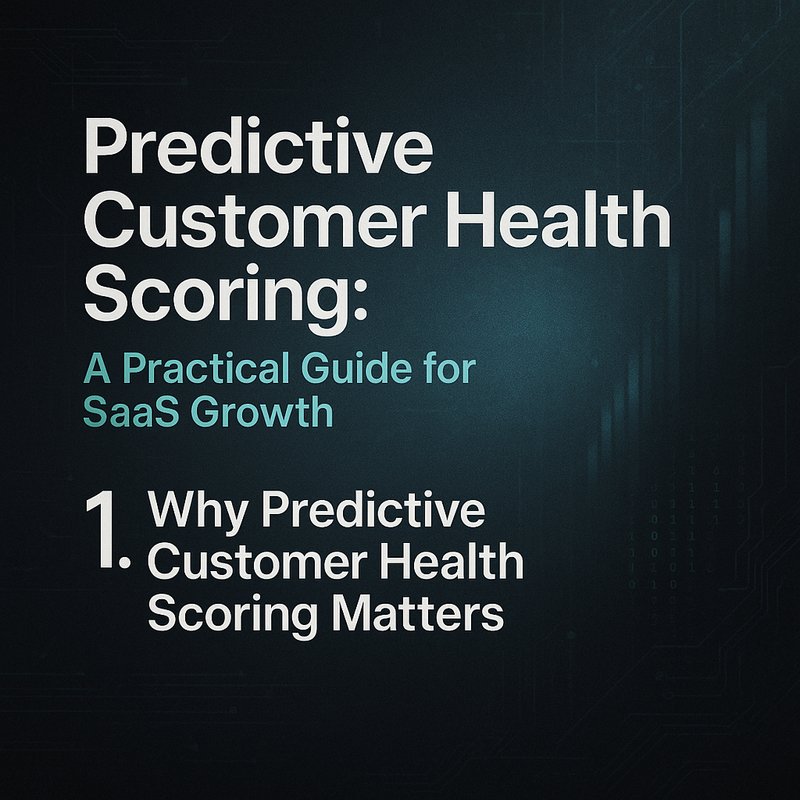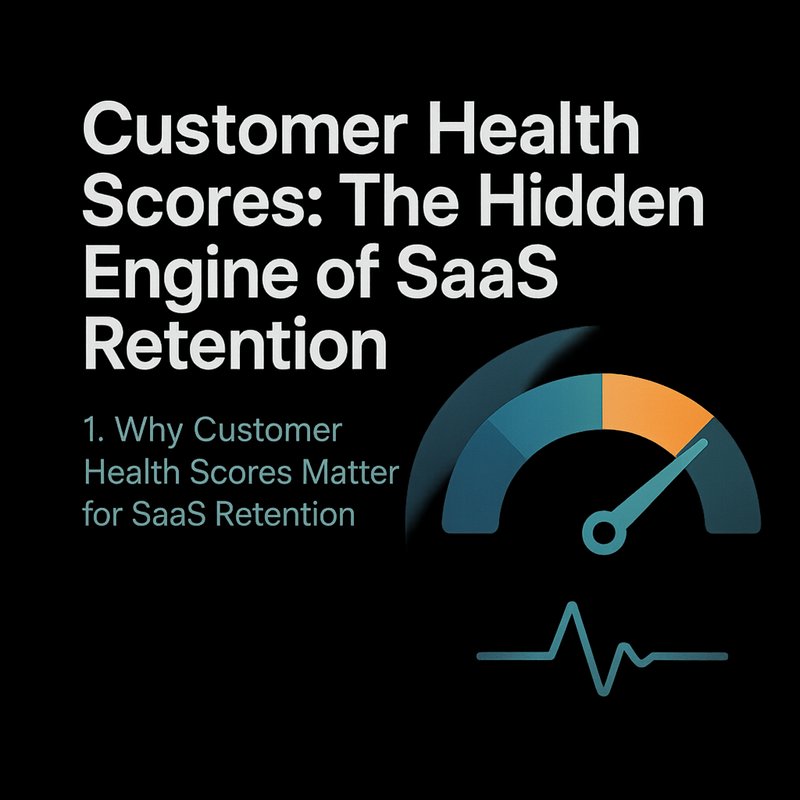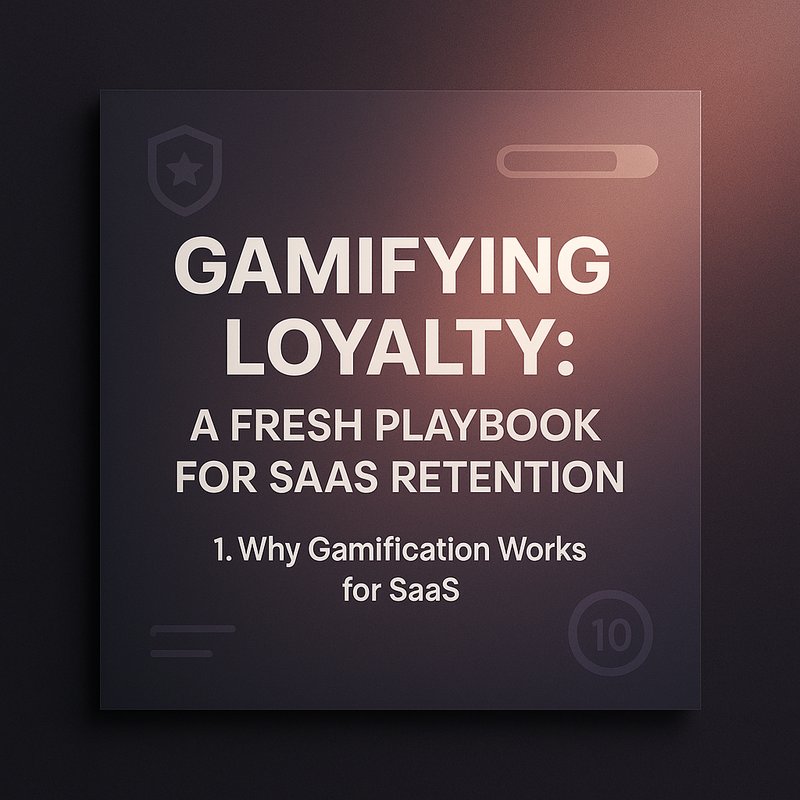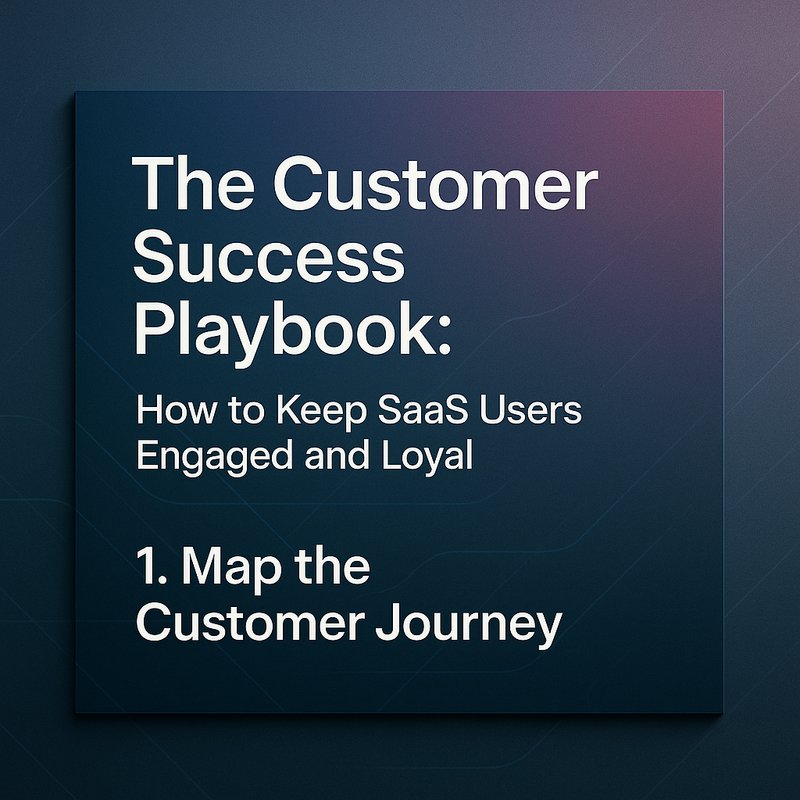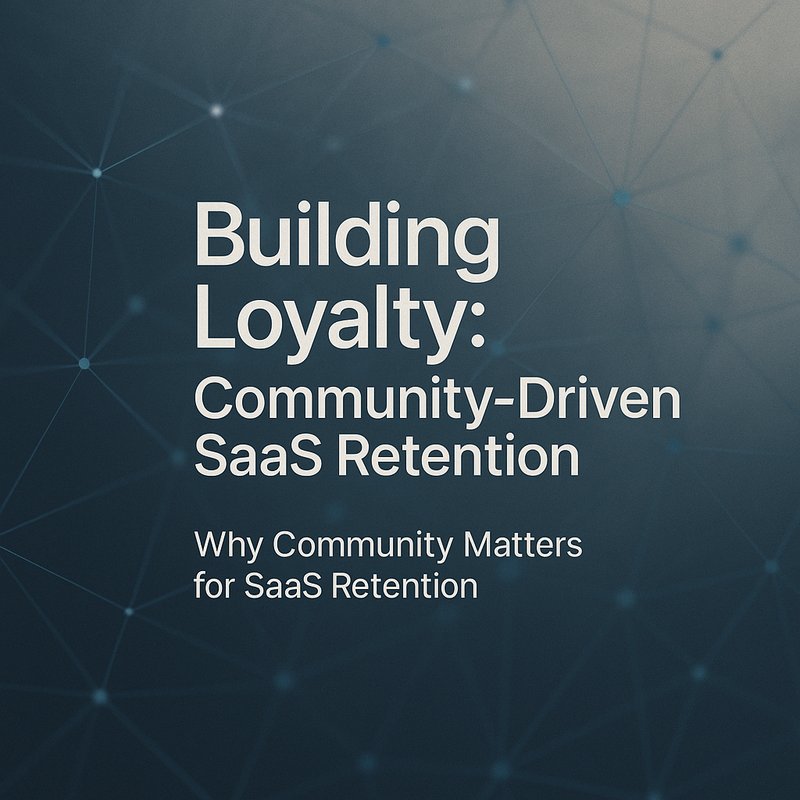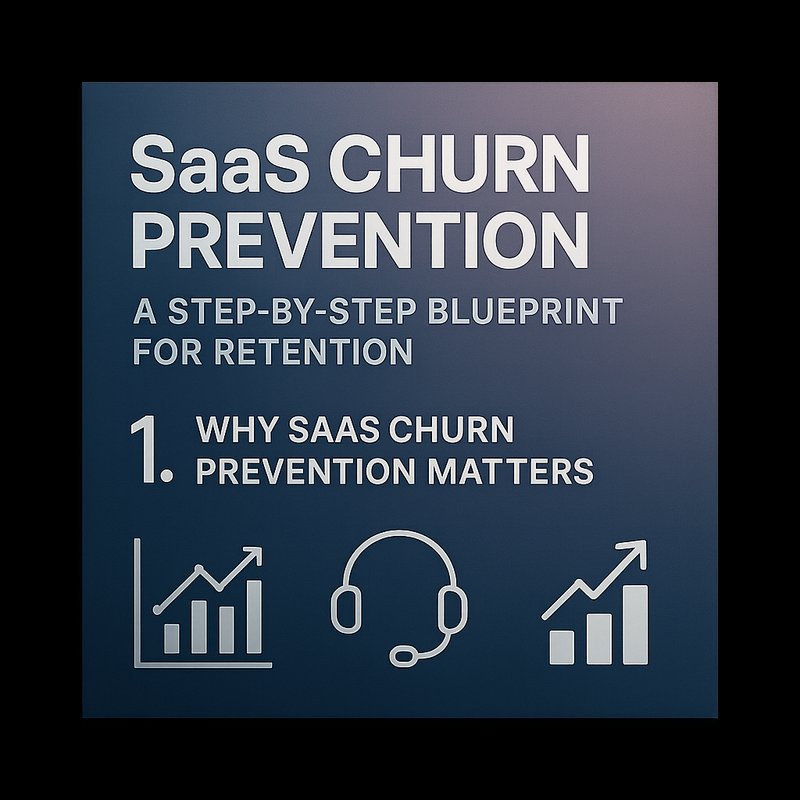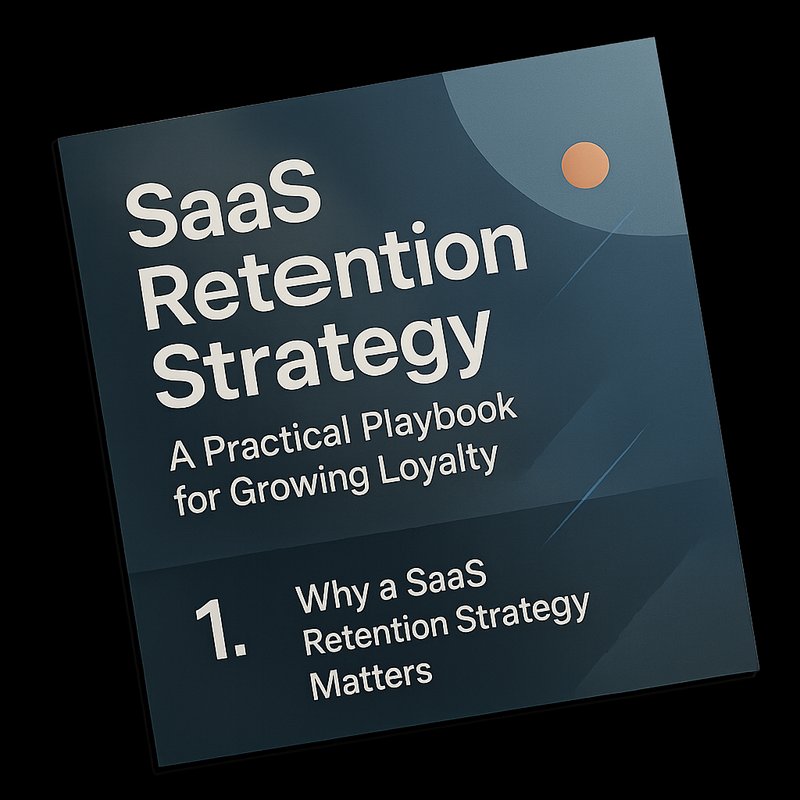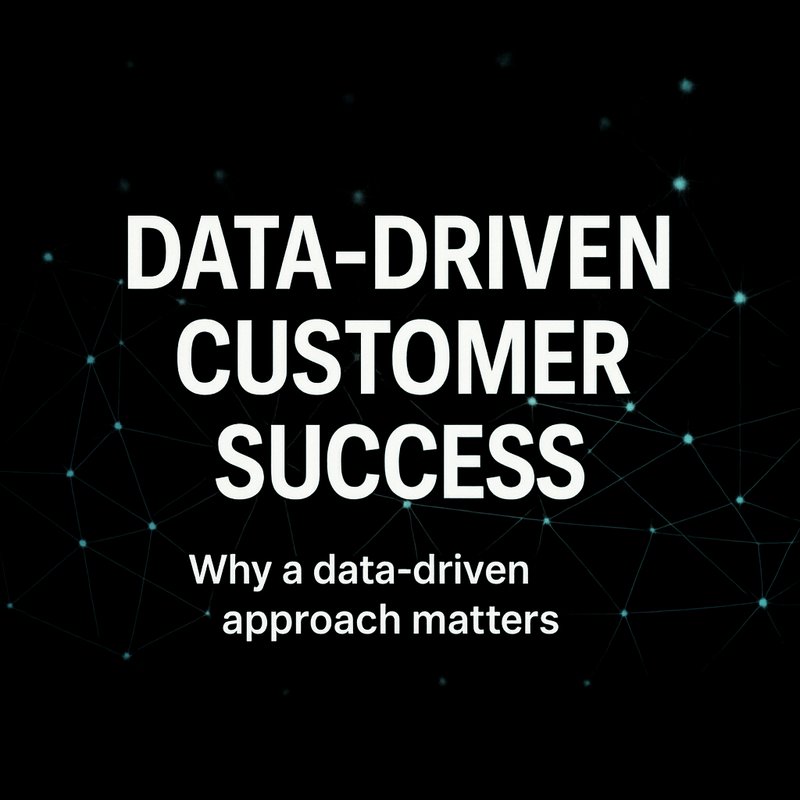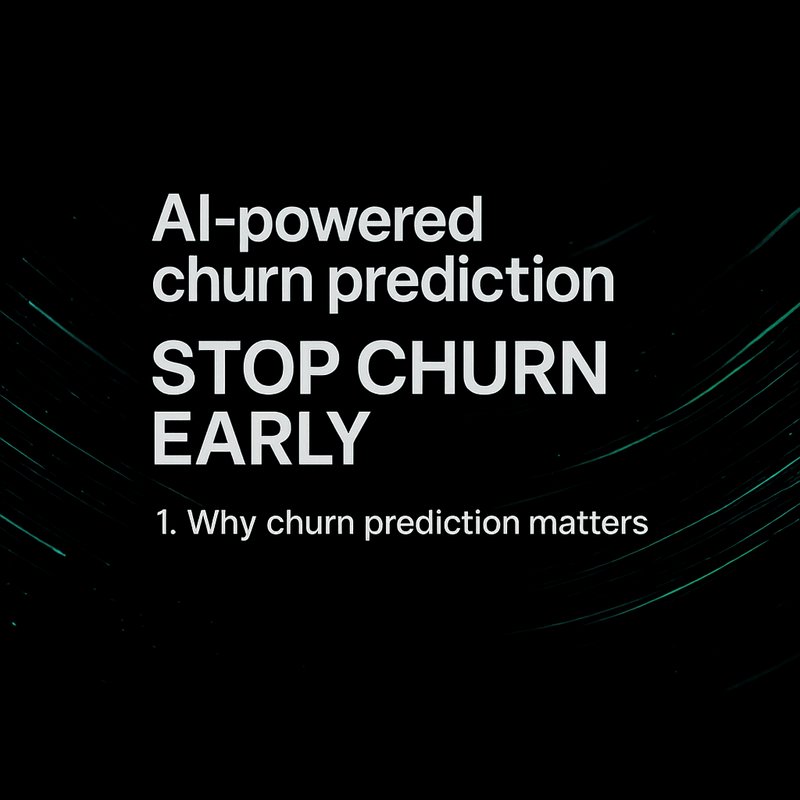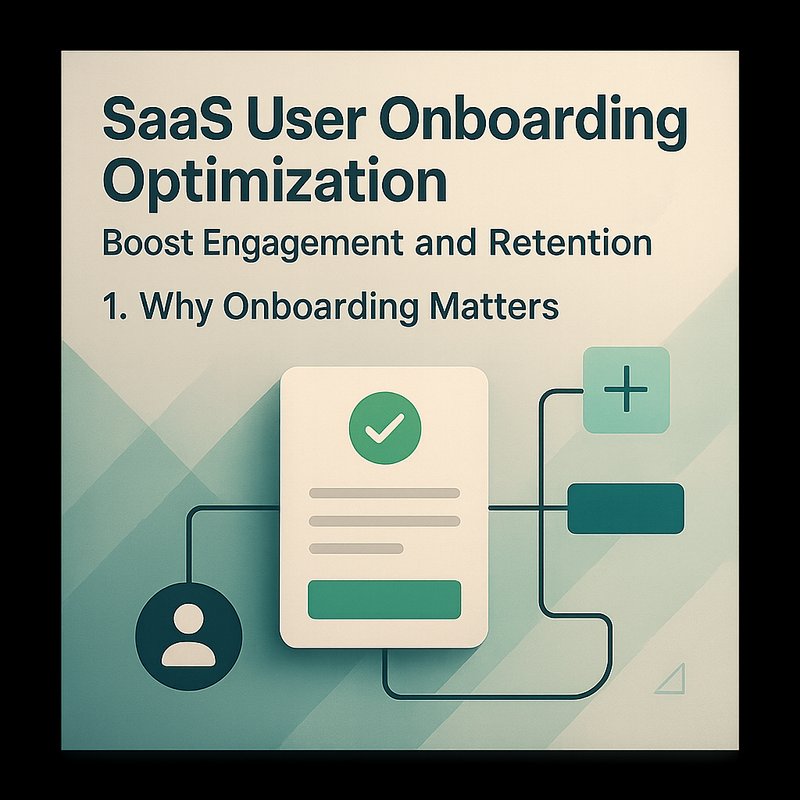In the world of subscription software, knowing which customers are thriving and which are slipping is the difference between steady growth and a churn‑filled nightmare.
Predictive customer health scoring gives you a clear, data‑driven picture of each user’s likelihood to stay, upgrade, or leave.
This guide walks you through the steps to build, deploy, and act on a health score that keeps your revenue on track and your support team focused.
1. Why Predictive Customer Health Scoring Matters
Imagine you’re a SaaS founder who can see a red flag on every account that’s about to churn.
You could intervene, offer help, or give a discount before the customer decides to cancel.
That’s the power of a predictive health score: it turns raw data into a simple, actionable number.
- Early warning – Spot problems before they become cancellations.
- Targeted outreach – Send the right message to the right person.
- Resource allocation – Focus support and sales on the accounts that need it most.
- Revenue forecasting – Predict upsell opportunities and churn impact.
If you’re already using tools like Mixpanel, Amplitude, or a simple spreadsheet, you can start building a health score today.
The key is to combine behavioral, transactional, and sentiment data into a single metric that tells a story.
2. Laying the Groundwork
2.1 Define the Health Score Components
A good health score is built from three pillars:
| Pillar | What to Measure | Why It Matters |
|---|---|---|
| Engagement | Login frequency, feature usage, session length | Shows how often users interact with the product |
| Financial | Plan level, payment history, support tickets | Indicates monetary commitment and friction |
| Sentiment | NPS, survey responses, social mentions | Reveals emotional attachment |
You can weight each pillar differently depending on your business model.
For example, a B2B SaaS might give more weight to usage of high‑value features, while a consumer app might focus on daily active users.
2.2 Gather the Data
Start by pulling data from your product logs, CRM, and support system.
If you’re using a data warehouse like Snowflake or BigQuery, you can join these sources into a single table.
If you’re still in the early stages, a Google Sheet with a few columns can work.
Tip: Use a tool like Neura Router to pull data from multiple sources automatically.
It can push the data into your warehouse without writing code.
2.3 Clean and Normalize
Raw data is messy.
Remove duplicates, fill missing values, and convert timestamps to a common timezone.
Normalize numeric fields (e.g., scale login counts to a 0‑1 range) so that each pillar contributes fairly to the final score.
3. Building the Predictive Model
3.1 Choose a Simple Algorithm
For most SaaS teams, a logistic regression model is a great starting point.
It’s easy to interpret and tells you which features drive the score.
If you want a bit more power, try a random forest.
It handles non‑linear relationships and can automatically rank feature importance.
3.2 Prepare the Dataset
- Label the data – Mark customers who churned in the last 30 days as “1” and those who stayed as “0”.
- Split the data – Use 70 % for training and 30 % for testing.
- Feature engineering – Create new columns like “days since last login” or “average session length”.
3.3 Train and Evaluate
Run the model and look at:
- Accuracy – How often the model predicts correctly.
- Precision – Of the customers flagged as at‑risk, how many actually churned?
- Recall – Of all churned customers, how many did the model catch?
Aim for a balance.
A model that flags everyone as at‑risk will have high recall but low precision, wasting your outreach budget.
3.4 Deploy the Model
Once you’re happy with the performance, push the model to production.
You can host it on a cloud platform like Amazon SageMaker or Google Vertex AI
Set it to run nightly so you always have fresh scores.
4. Turning Scores into Action
4.1 Create a Health Dashboard
Build a simple dashboard that shows:
- Overall health score – A single number from 0 to 100.
- Score breakdown – How engagement, financial, and sentiment contribute.
- Trend over time – See if a customer’s score is improving or declining.
Use tools like Looker, Metabase, or Google Data Studio.
Add a color code: green for healthy, yellow for warning, red for at‑risk.

4.2 Automate Outreach
Set up rules:
- At‑risk threshold – If the score falls below 40, trigger an email.
- Personalized message – Mention the specific feature they’re not using or the last login date.
- Follow‑up – If they don’t respond, send a second message or offer a short call.
You can use Neura ACE to draft the email, insert dynamic fields, and schedule the send.
4.3 Upsell and Cross‑Sell
When a customer’s score is high but they’re on a lower tier, send a tailored upsell email.
Show them the benefits of the next plan and how it aligns with their usage patterns.
4.4 Continuous Improvement
After each outreach, record the outcome:
- Did the customer log in again?
- Did they upgrade?
- Did they leave a positive NPS?
Feed this data back into the model to refine thresholds and messaging.
5. Real‑World Example
A SaaS company that offers a project‑management tool had a churn rate of 22 % in Q1.
They built a predictive customer health scoring system:
- Data – Collected login frequency, feature usage, and support tickets.
- Model – Trained a random forest that scored customers on a 0‑100 scale.
- Action – Sent a help email to those scoring below 35 and offered a 15 % discount to high‑engagement users on the basic plan.
- Result – Churn dropped to 14 % in two months, and revenue grew by 9 %.
The company also added a new onboarding tour for the feature that caused confusion, further improving scores.
You can read the full case study on our site: https://meetneura.ai/#case-studies
6. Common Pitfalls and How to Avoid Them
| Pitfall | Fix |
|---|---|
| Too few data points | Gather at least 1,000 customer records before training |
| Ignoring feature importance | Review model coefficients or importance scores |
| Over‑relying on discounts | Combine incentives with product improvements |
| Stale model | Retrain monthly to capture new patterns |
| Generic outreach | Personalize with user name and specific feature references |
7. Integrating with Your Existing Stack
If you already use Google Analytics, pull event data into your churn model.
If you’re on Meta’s advertising platform, correlate ad spend with churn.
Amazon CloudWatch can help monitor backend performance that might affect churn.
Neura Router Agents can pull data from multiple sources, run the model, and push results back into your CRM or email system.
Check out Neura Router: https://router.meetneura.ai
8. Measuring Success
Track these metrics after implementation:
- Churn rate – Did it go down?
- Retention lift – How many at‑risk users stayed?
- Revenue impact – Did the discount or help reduce revenue loss?
- Model accuracy – Is the churn probability still reliable?
Create a dashboard in Google Data Studio or Metabase to visualize these numbers.
Set alerts if churn spikes again.
9. Quick Implementation Checklist
- Collect usage, profile, and external data
- Label churn events
- Train a logistic regression or random forest model
- Evaluate accuracy, precision, recall
- Deploy the model nightly
- Build an outreach workflow (email, chat, incentive)
- Automate the loop with Neura ACE or similar
- Monitor metrics and iterate
Follow this checklist and you’ll have a working predictive customer health scoring system in a few weeks.
10. Final Thoughts
Predictive customer health scoring isn’t a silver bullet, but it’s a powerful tool.
By turning raw data into a clear, actionable number, you can keep more customers, reduce acquisition costs, and grow revenue.
Start small, test, and scale.
Your customers will thank you, and your bottom line will too.
